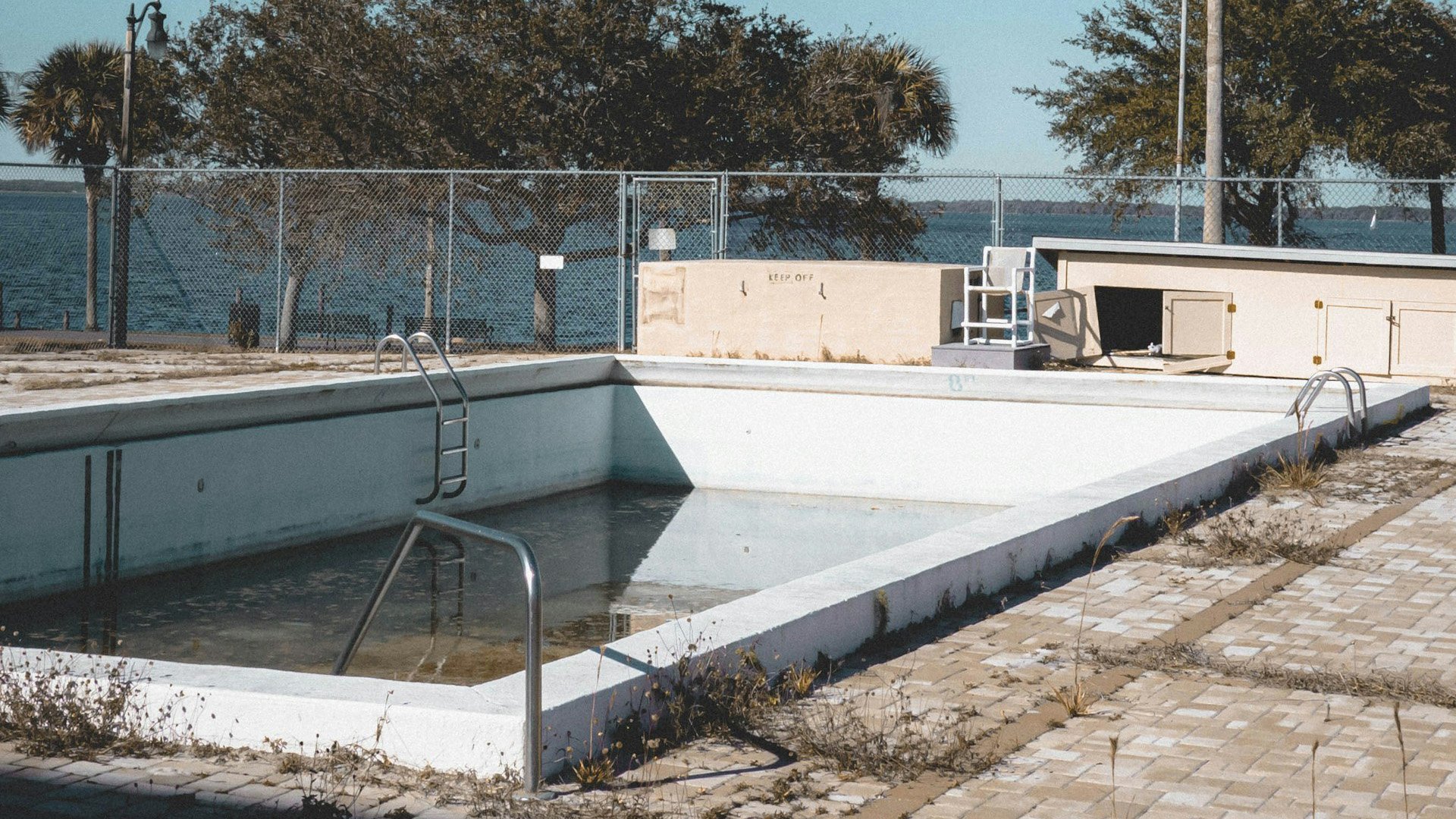Aspiration Projects Are Great...Until the Shine Wears Off
(Source: Unsplash/witchkingblogs.)
Cities often aim for aspiration projects. If we build a new recreational facility, more people will use it. If we invest in a new pool, more people will come.
New facilities aren’t bad, but they do present a problem when we can’t afford to maintain them after they’re built.
When considering a plan for improved amenities, many cities don’t think past the initial construction cost. If there’s money in the budget or a grant that’s available right now, the project proceeds. Residents are impressed. Officials take credit for making everyone happy.
But then the new wears off. An air conditioning unit needs to be replaced. The pool filtration system needs to be repaired. These maintenance costs aren’t cheap, and the expenses feel like a surprise because they weren’t planned for in the budget.
With limited resources at their disposal, the city has to make a choice when these expenses inevitably occur: What maintenance can be deferred? What promises should be kept and which ones, when broken, will cause the least damage?
When it comes to city-maintained developments, this story is the standard in many places across North America.
Before they participated in the Community Action Lab, it used to be the status quo in Medicine Hat, Alberta, too. Thanks to what they’ve learned over the past year, city officials are now counting the cost of new developments and taking a different approach to ensure a financially resilient future.
An example of this new approach in action can be seen during a recent discussion about upgrades that need to be made to parks throughout the city.
The Conventional Approach
The conventional approach demands that the parks department continue with the status quo. This approach begins with large aspirational visions for projects such as new recreation centers, pool complexes, and new sheets of ice.
Achieving these plans usually requires large leaps, outside funding in the form of a grant, or borrowing from the future through a bond.
These are the projects we aspire to build, without the understanding of long-term liabilities.
The Medicine Hat Approach
“Tonight you’re going to see a presentation that talks about the possibility of significantly improved amenities. But we have to realize as we sit with our recreation facilities today, we have $50 million dollars in front of us if we do nothing just to upkeep our current aging facilities.”
Medicine Hat is taking a different approach by recognizing they don’t have enough money to complete the projects laid out in the master plan.
Instead of trying to implement a plan that’s outside of their means, they are shifting gears and focusing on the things they can do and are making plans for how they can do those things well.
For Medicine Hat, this may mean restoring an older pool instead of building a new one, or installing just two sheets of ice instead of four.
Over time, this approach will lead to many small steps that incrementally add to the city’s parks and recreation inventory. As these small bets add up, the parks department will increase amenities in Medicine Hat without adding unnecessary burdens to the municipal budget.
The city will be building within its means, which means it will be better positioned to uphold its promises.
Employing this approach means the city can fulfill its promises today, tomorrow, and into the future.
This transition from the conventional approach will not occur overnight, but the parks department has taken the first of many small steps that will take them in the right direction.
Learn more here about how to bring the Community Action Lab to your city or town.







Lindsey Beckworth is the Curriculum Writer at Strong Towns. Lindsey fell in love with community activism during the eight years she owned a bakery in a small town with big potential in rural Georgia. As a passionate storyteller, she uses her journalism and copywriting experience to help Community Action Lab participants understand how they can apply Strong Towns principles, change the narrative in their communities, and create a prosperous future for the places they love. Lindsey lives in Greenville, South Carolina, with her husband, Chris, and an ever-growing garden filled with dahlias and peonies.